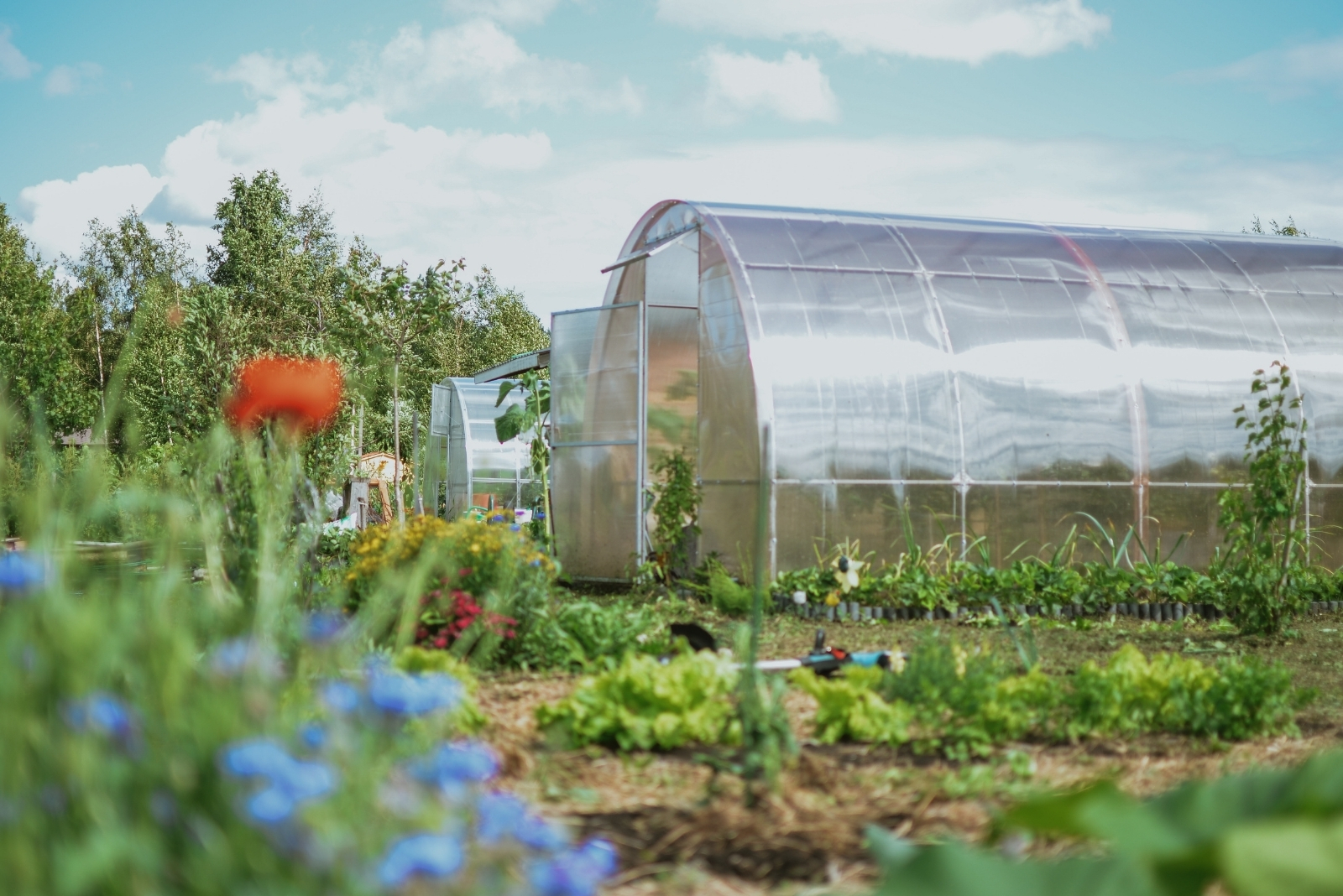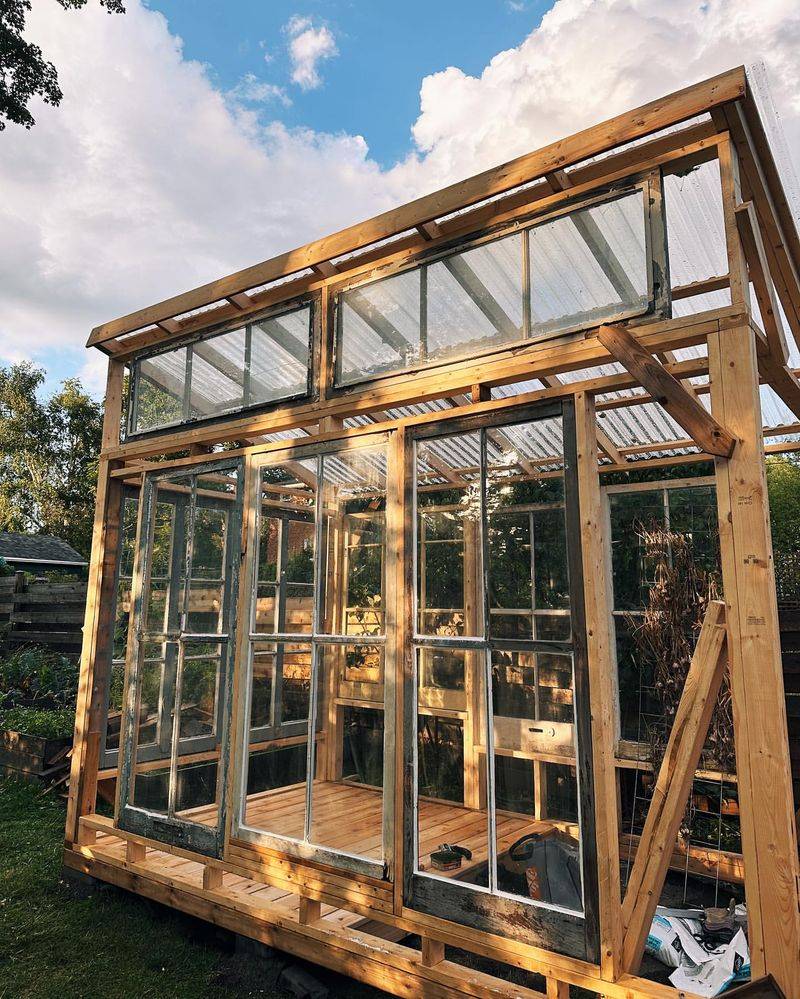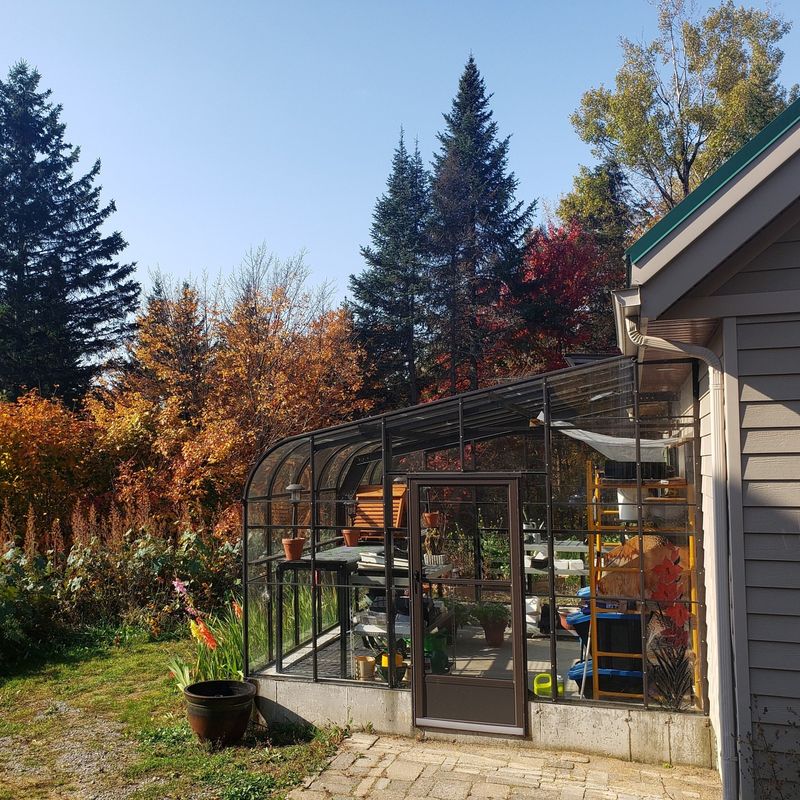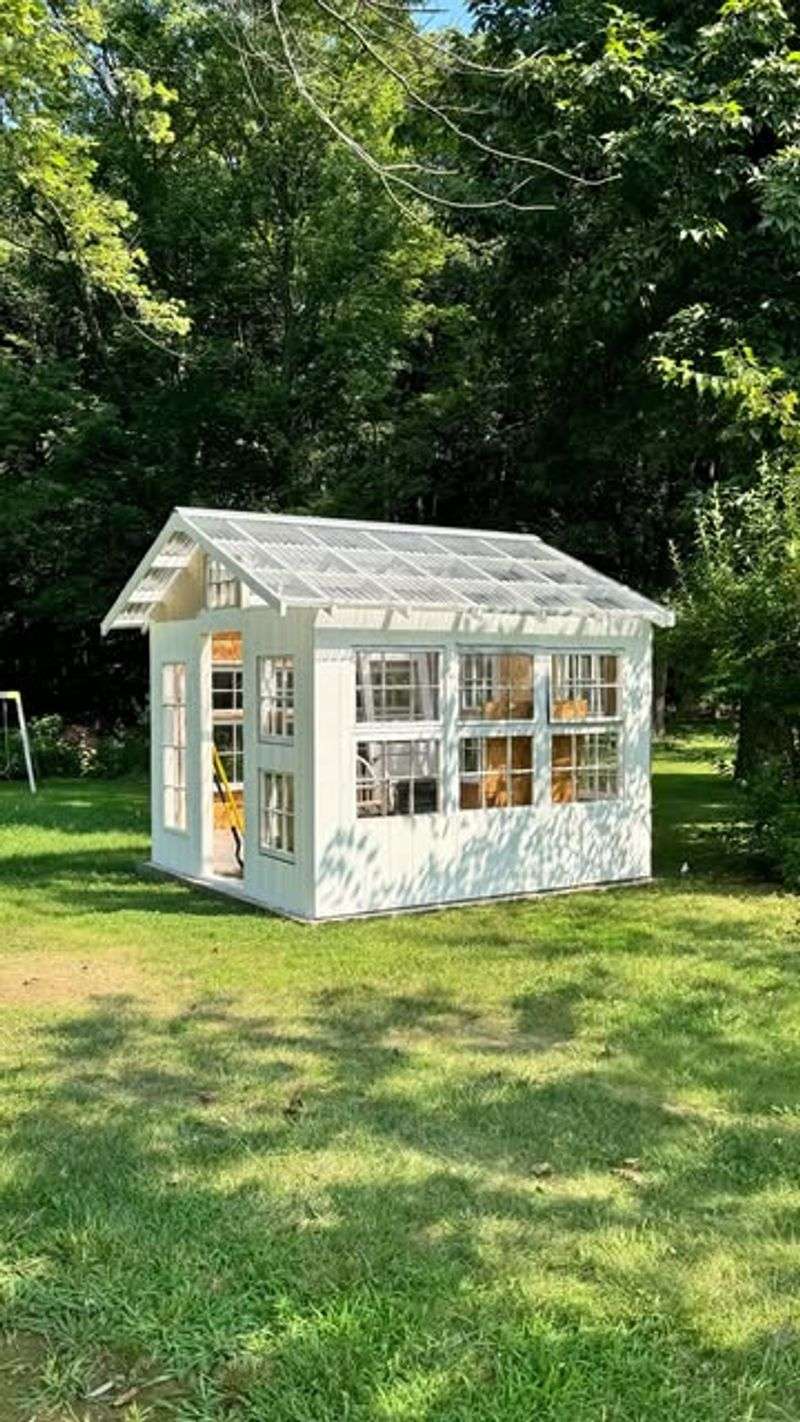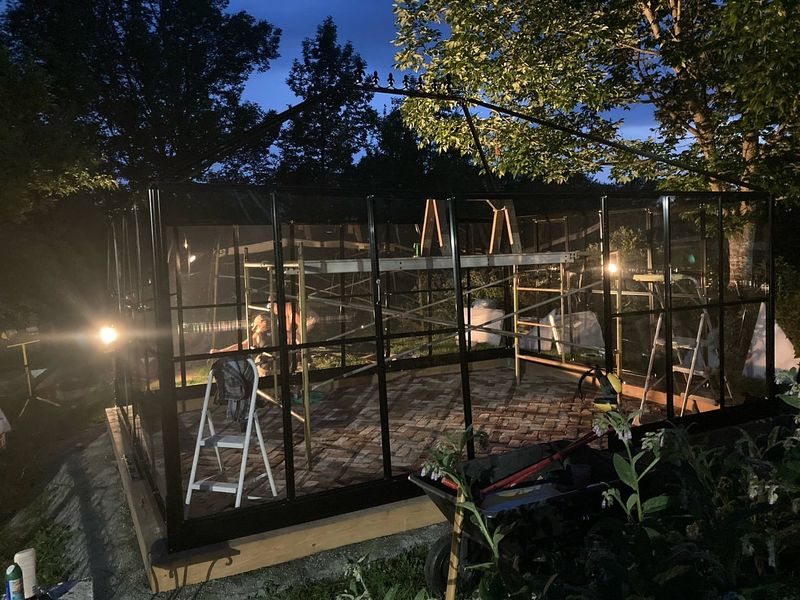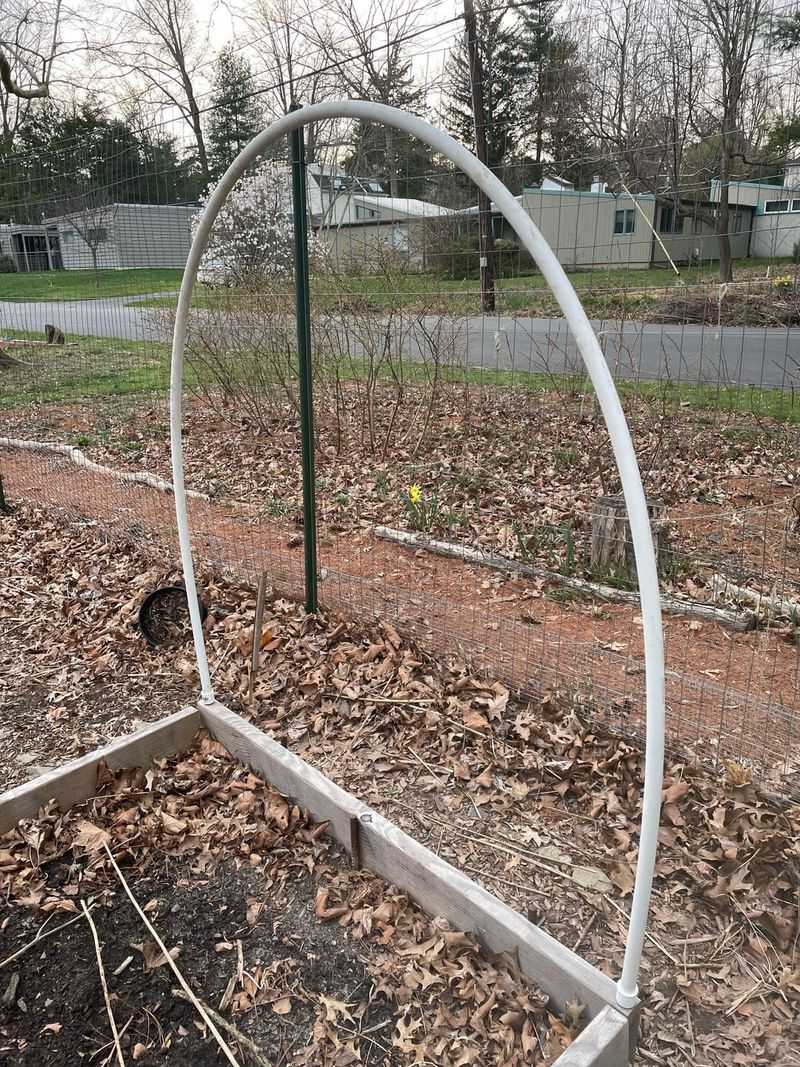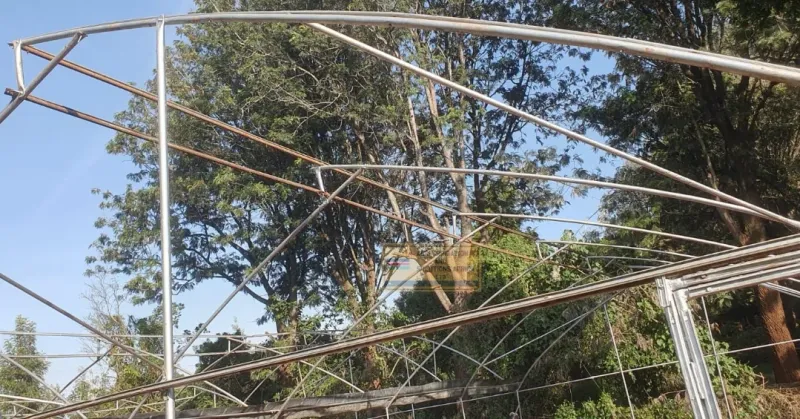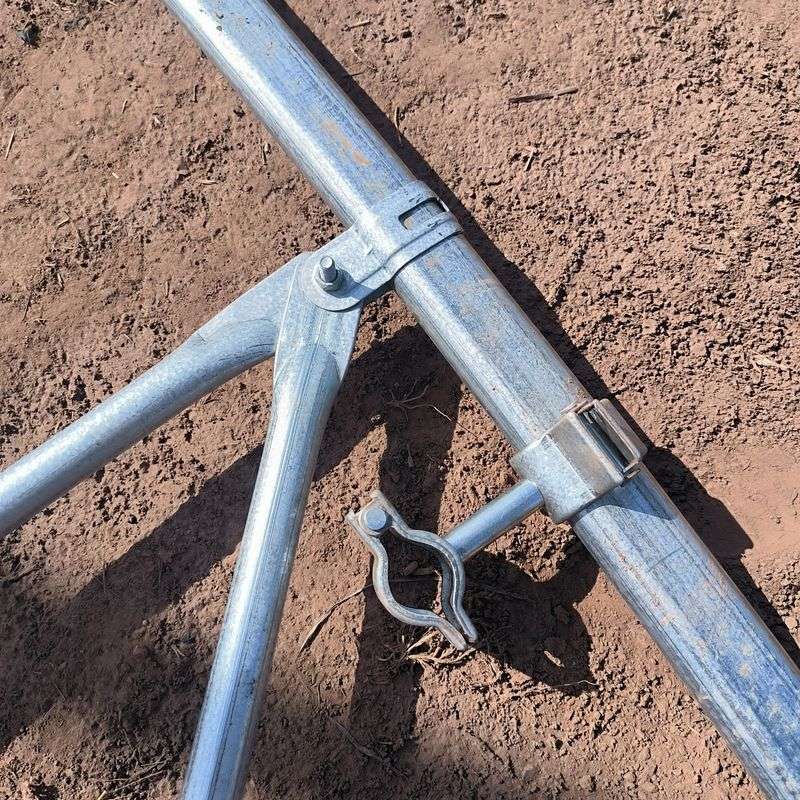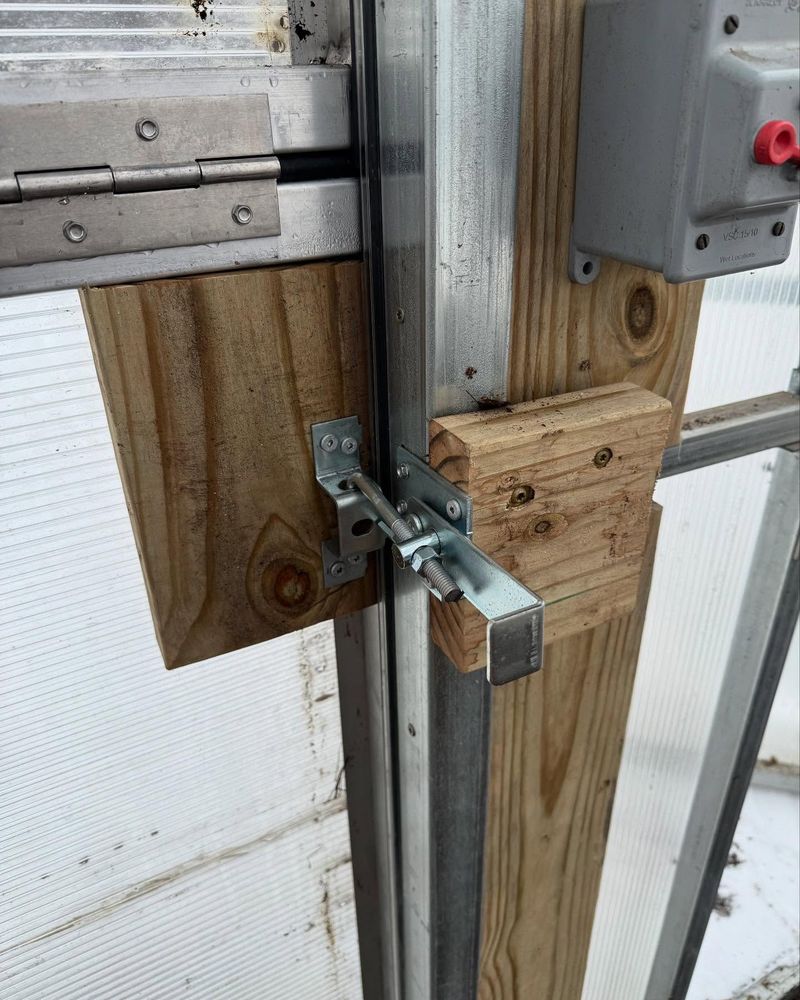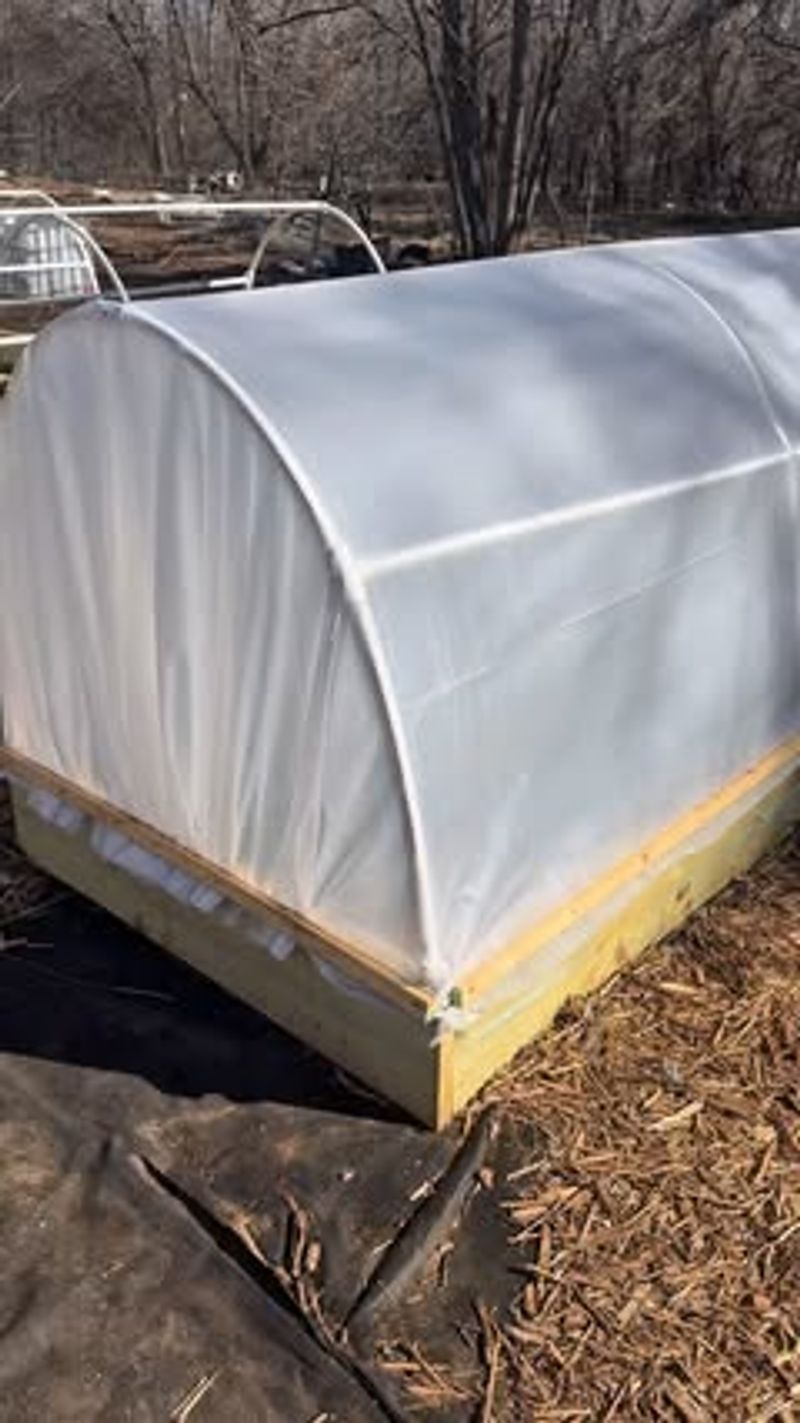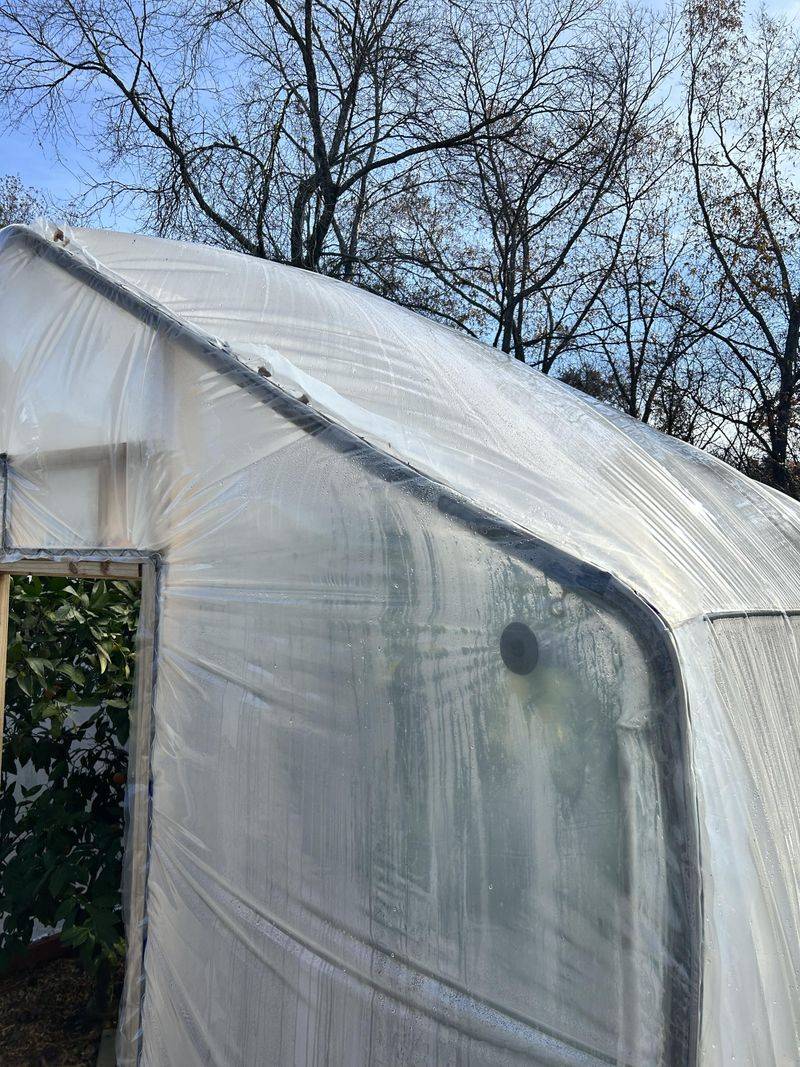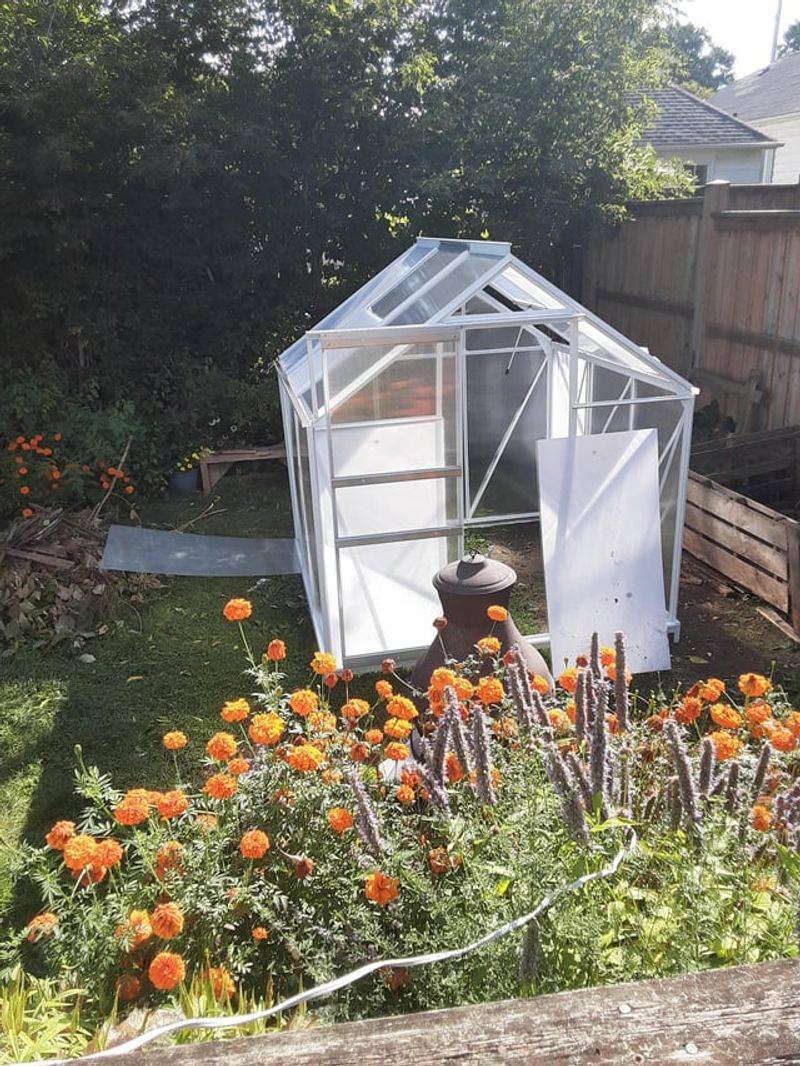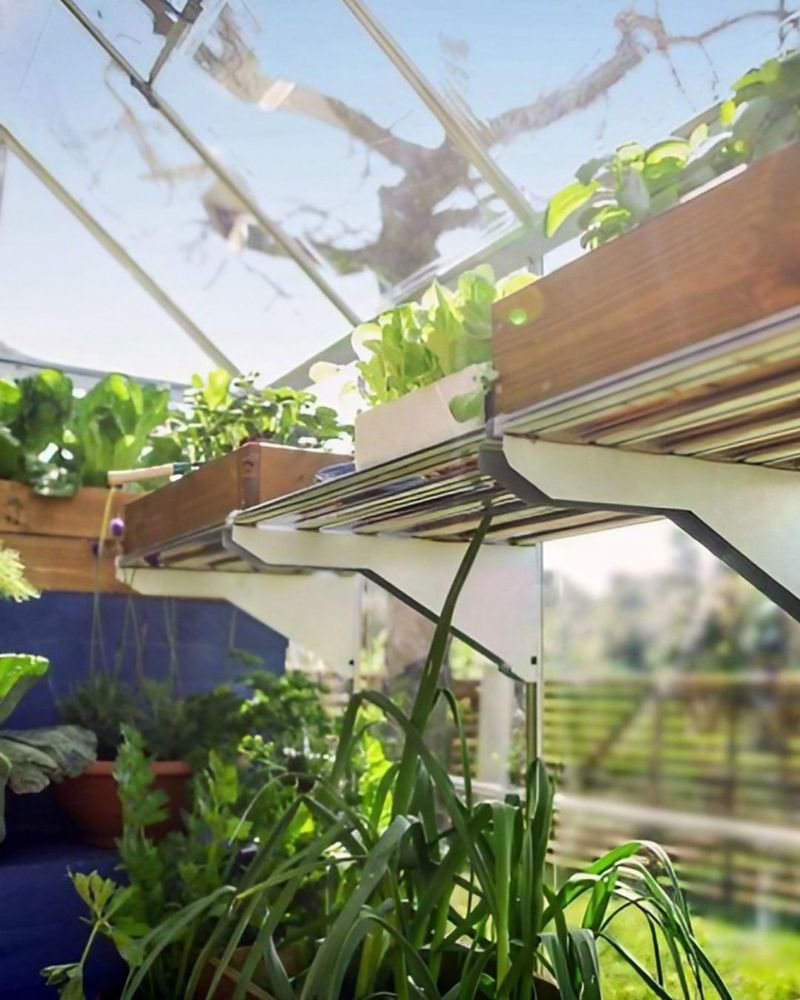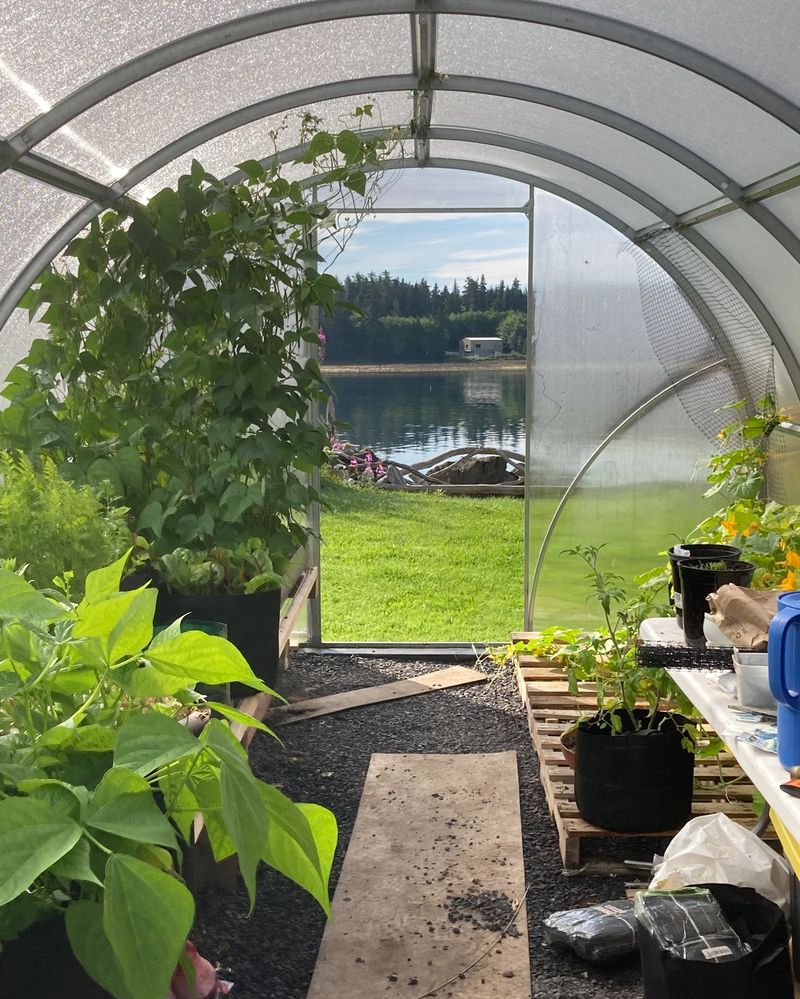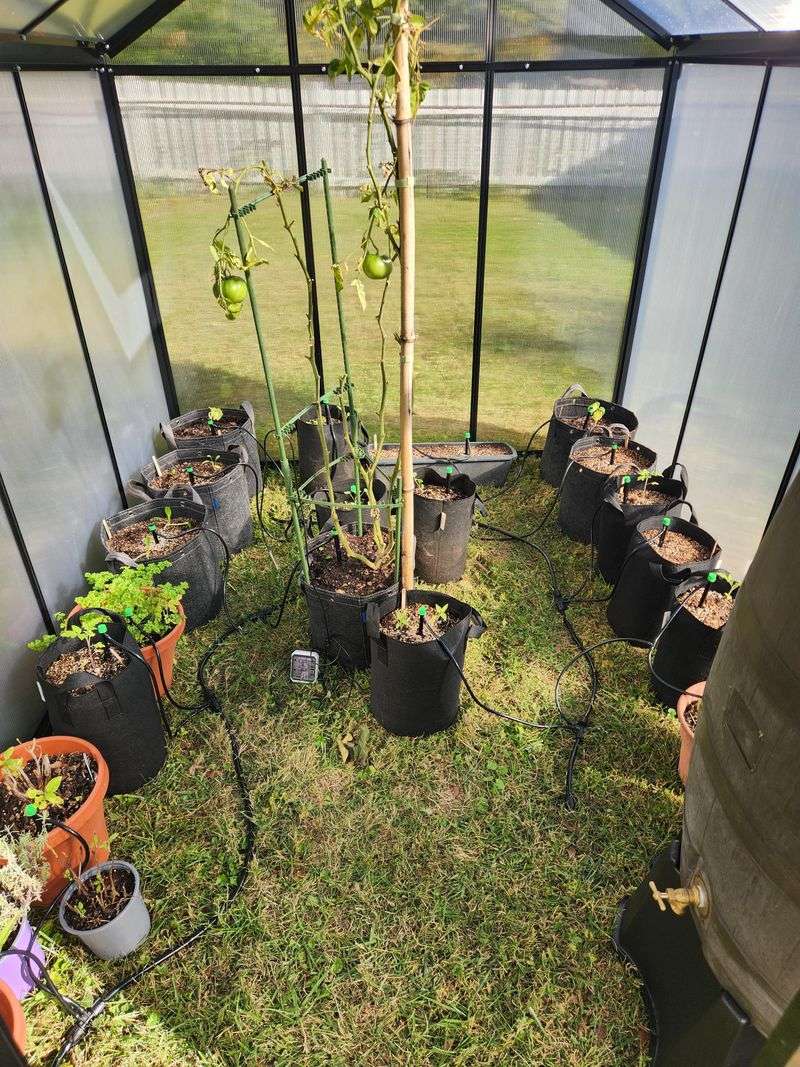If you’re gardening in Oregon, a mini greenhouse can be a game-changer—especially with the weather doing its own thing half the time. The good news? You don’t need fancy tools or a full weekend to make one.
I built mine in a single afternoon with just a few materials and a bit of patience (and coffee). If you’re up for a simple project that helps your plants thrive longer, here’s how to pull it off without the hassle.
1. Gather Your Materials
Head to your local Oregon hardware store for PVC pipes, clear plastic sheeting, zip ties, and a small roll of duct tape. Don’t forget wood for the base frame and some simple tools.
Most materials should cost under $100 total, making this an affordable weekend project even in Portland’s sometimes pricey markets.
2. Choose The Perfect Location
Find a spot that gets at least 6 hours of sunlight daily. Southern exposure works best in Oregon’s northern latitude, where winter sun sits lower in the sky.
Avoid areas with excessive wind that could damage your structure. Many Eugene residents place their greenhouses against existing fences for added stability and wind protection.
3. Measure And Mark Your Area
Use measuring tape to outline your greenhouse footprint. For beginners in Oregon, a 4×6 foot structure offers plenty of growing space without overwhelming your yard.
Mark corners with stakes or spray paint. Remember that Willamette Valley soil can get soggy, so consider elevating your structure slightly for better drainage.
4. Build A Simple Base Frame
Create a rectangular base using pressure-treated 2×4 lumber, which stands up well to Oregon’s damp conditions. Cut boards to your desired dimensions and connect with galvanized screws.
Level the frame using a bubble level before securing it. Portland’s varied terrain often requires adjustments to get everything perfectly even.
5. Cut PVC Pipes For Structure
Measure and cut PVC pipes for your frame – you’ll need vertical supports and arched roof pieces. A hacksaw works perfectly for this task even on rainy Oregon afternoons.
For a typical 4×6 foot greenhouse, cut six 5-foot pieces for verticals and three 8-foot pieces for roof arches. Hood River gardeners often add extra supports for snow loads.
6. Assemble The Frame Skeleton
Attach vertical PVC pipes to your wooden base using metal pipe straps. Space them evenly along the longer sides of your rectangle, mimicking the sturdy structures Oregon farmers use.
Once verticals are secure, bend your longer PVC pieces into arches connecting opposite uprights. The flexible nature of PVC works perfectly in Bend’s changeable weather conditions.
7. Connect Frame Pieces Securely
Join PVC sections using elbow connectors and T-joints. Apply PVC cement to connections for extra stability against Oregon’s occasional wind gusts.
Add a horizontal support running along the peak of your arches. Salem gardeners find this central spine critical for supporting plastic during winter’s heavier precipitation.
8. Create A Simple Door Frame
Construct a rectangular door frame from PVC that matches your entrance height. Most Oregonians find a 5-foot tall door provides comfortable access without heat loss.
Attach hinges to one side using bolts through pre-drilled holes. Coastal residents often reinforce door frames to withstand stronger Pacific winds.
9. Cover Frame With Plastic Sheeting
Drape clear greenhouse plastic over the entire structure, starting from the center and working outward. Choose 6-mil thickness to withstand Oregon’s varied weather patterns.
Leave extra material at the bottom to secure later. Ashland gardeners often double-layer the north side for better insulation against chilly mountain air.
10. Secure Plastic With Zip Ties
Attach plastic to the frame using zip ties placed every 12 inches. Pull the covering tight to prevent sagging where Oregon rain might collect.
Cut small slits for zip ties rather than punching large holes. Corvallis greenhouse enthusiasts find this technique minimizes tearing during winter storms.
11. Seal Edges And Seams
Use greenhouse tape or duct tape to seal all seams where plastic overlaps. This prevents heat escape and keeps Oregon’s notorious dampness from seeping inside.
Pay special attention to door edges and corners. Medford gardeners often apply double tape layers at stress points to withstand summer heat expansion.
12. Install Simple Shelving
Add PVC pipe shelving or repurpose old wire racks inside your greenhouse. Adjustable heights work best for Oregon’s diverse plant collections from tall tomatoes to compact herbs.
Secure shelves to the frame with more zip ties or special clips. Roseburg gardeners often angle shelves slightly for better drainage during wet winter months.
13. Create Ventilation Options
Cut small flaps in strategic locations that can be rolled up and secured on hot days. Oregon’s temperature swings make proper ventilation crucial for plant health.
Reinforce these openings with additional tape to prevent tearing. Klamath Falls gardeners typically place vents on both ends to create cooling cross-breezes during summer heat.
14. Add Basic Temperature Control
Place a thermometer inside to monitor conditions. Oregon’s microclimates can create surprising temperature variations even in small greenhouse spaces.
Consider adding water-filled milk jugs as thermal mass to regulate temperature. Gardeners in The Dalles use this simple trick to moderate greenhouse temperatures through cool spring nights.
15. Set Up A Simple Watering System
Install a small drip irrigation kit or simply place plants where you can easily water them by hand. Oregon’s seasonal rainfall patterns mean supplemental watering is often necessary.
Consider collecting rainwater in a barrel outside your greenhouse. Sustainable gardeners in Grants Pass find this practice both eco-friendly and ideal for sensitive plants.

